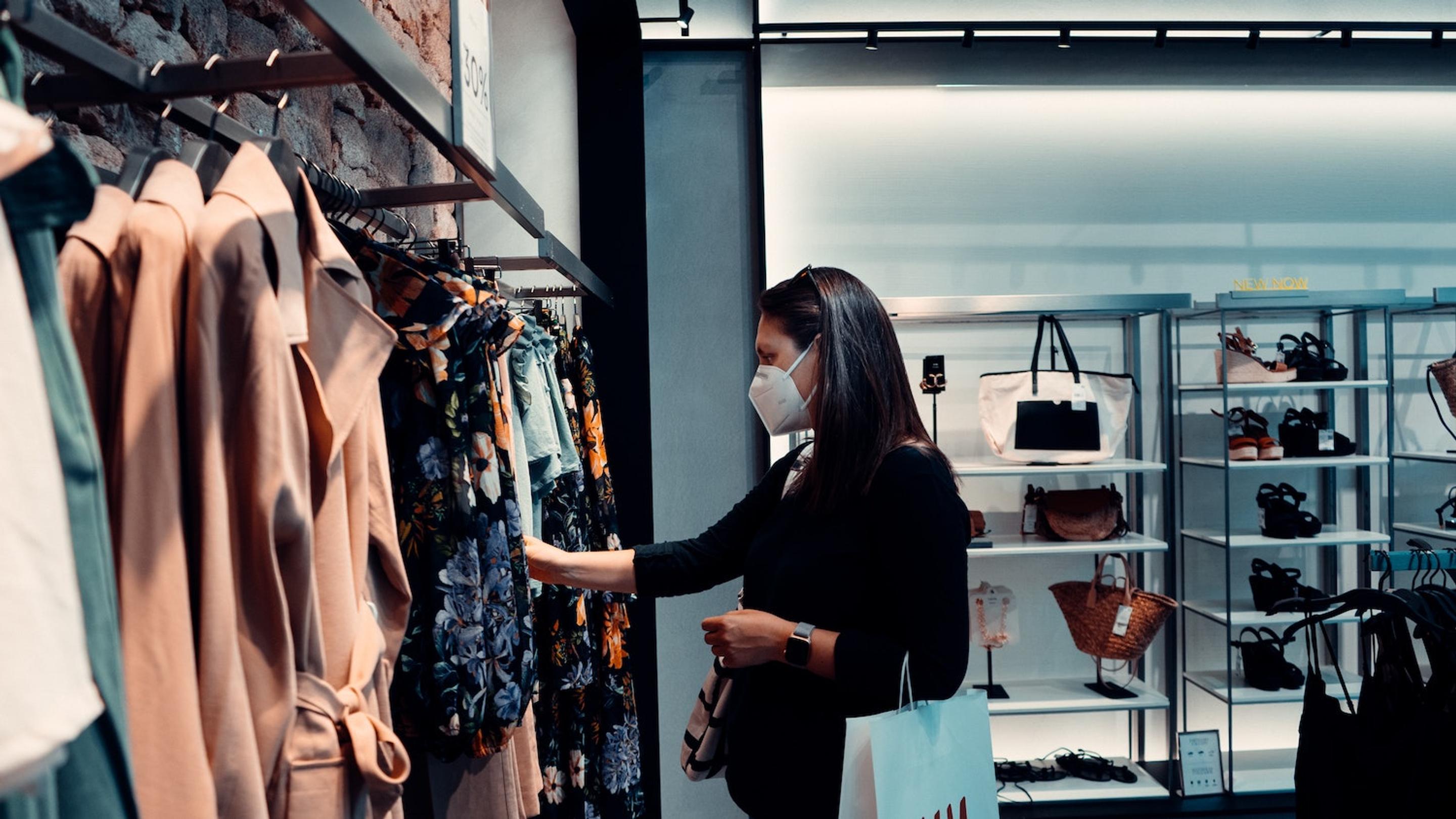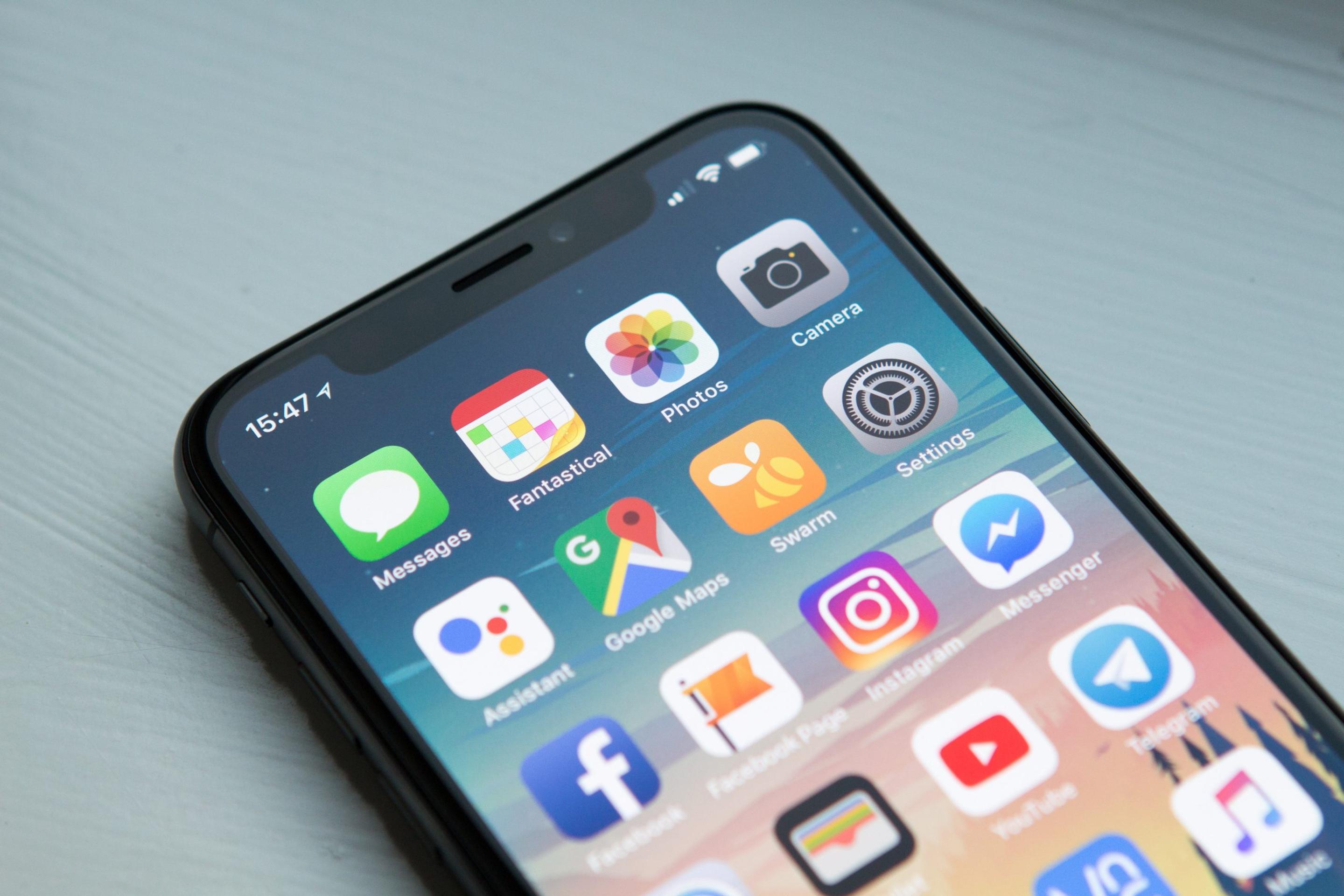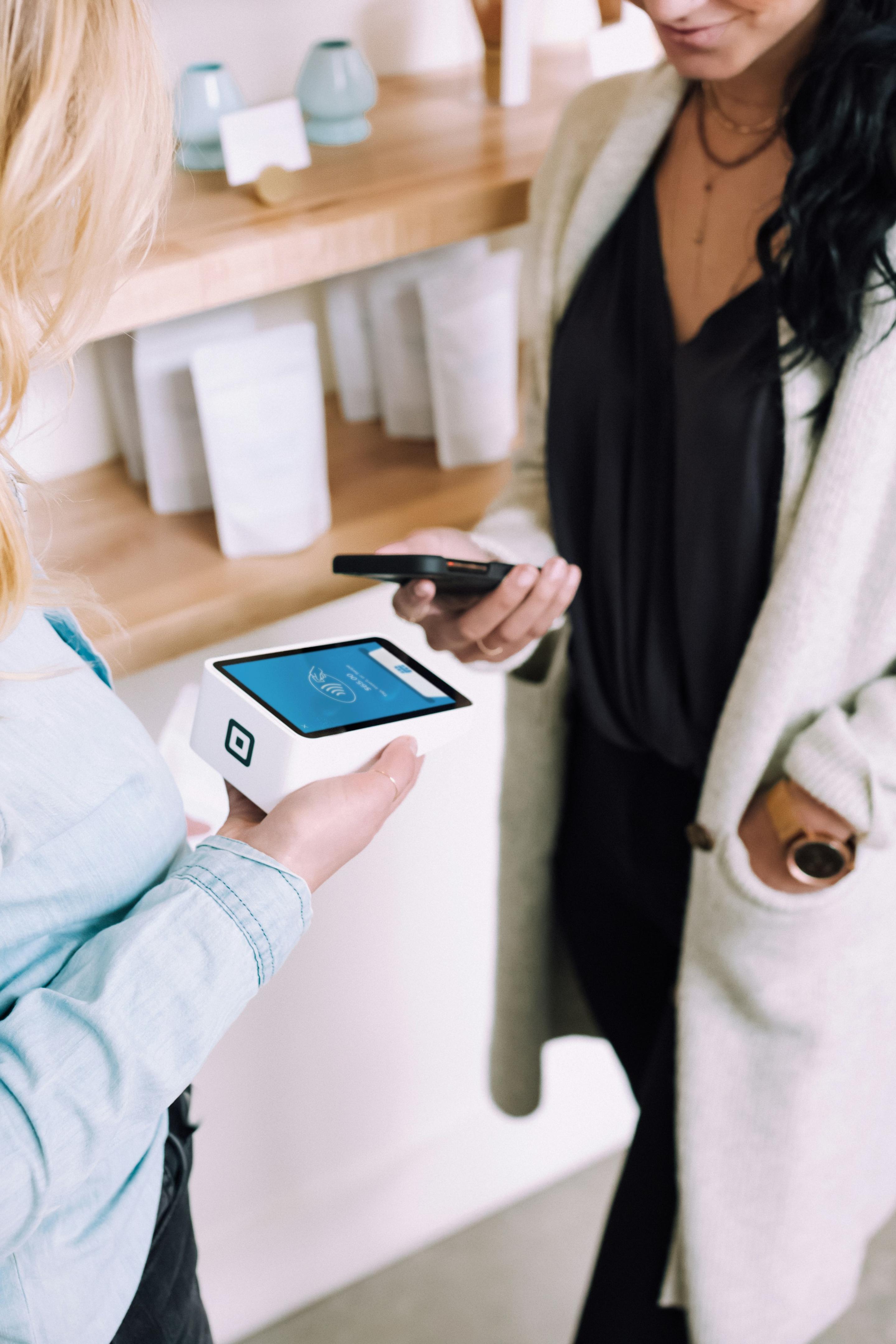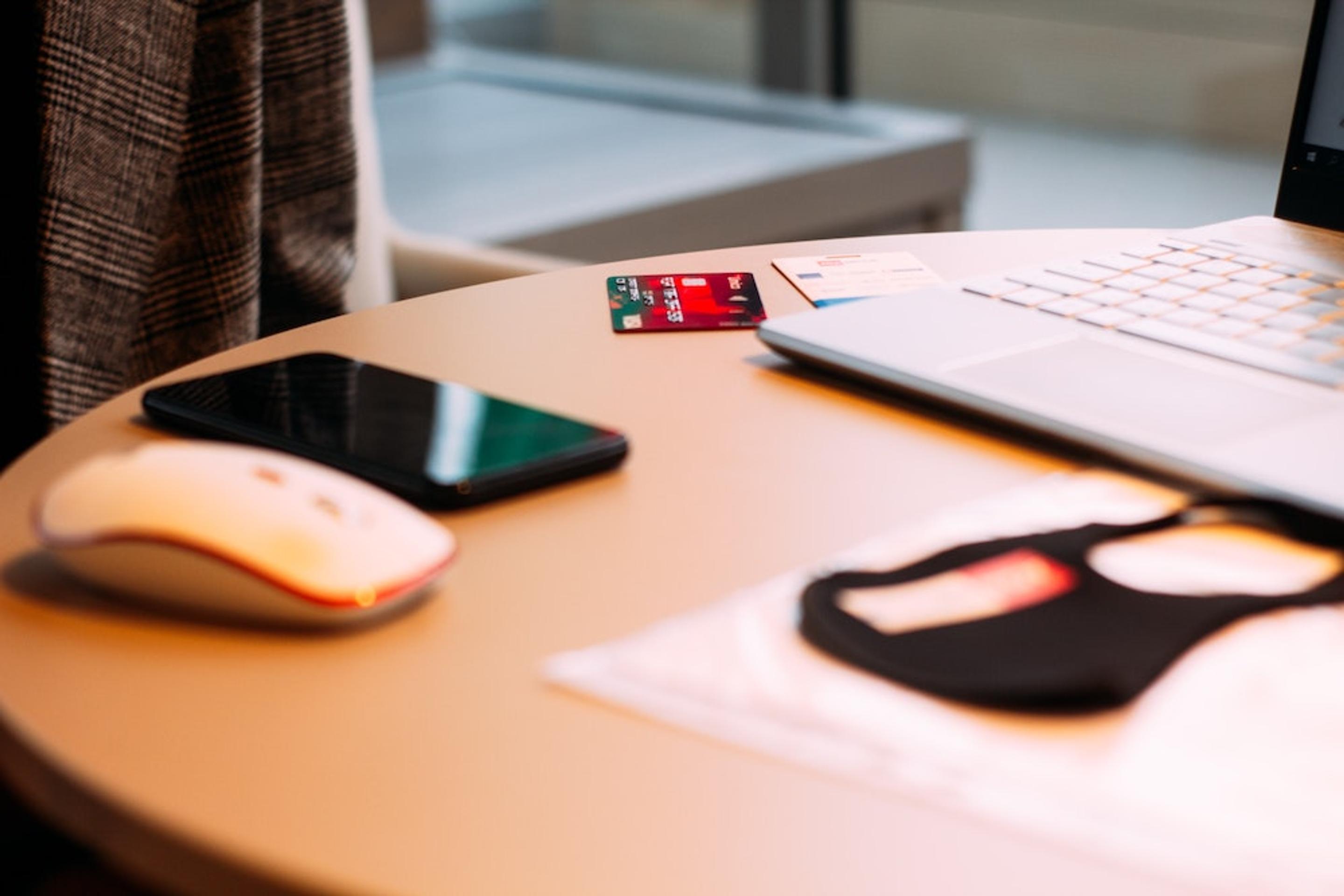COVID-19 and Retail: How Digital can Save your Store

COVID-19 has exacted a heavy toll on retailers. In the UK, non-essential retailers have been allowed to open their doors once more but this doesn’t necessarily mean that things are back to normal.
Social distancing has put a new spin on shopping at physical stores and the industry has been forced to change accordingly to meet demands of consumers. Store security guards have been wearing visors, consumers are encouraged to wear masks and gloves, one-way systems have been introduced, and consumers must only touch clothes that they’re considering buying. If the clothes are not bought, this means that they will be headed for quarantine in the stock room.
As reports from around the world have shown, however, a post-lockdown world will still involve lots of shopping. A Hermes boutique in China took in £2.1 million on the first Saturday of its reopening. Stores in London’s Oxford Street have exhibited long, first-day queues.
Although the thirst for shopping has remained, there are some ways in which retail will be significantly changed. Technology and digital solutions can help take some of the pressure off of retailers.
How retail has changed
Operations vary between stores but there are some things that will be expected of all retailers. For example, in-store numbers will be limited, so shoppers should expect long queues outside. Masks should be worn by all, and consumers should be prepared to make contactless payment (with the limit being raised to £45 to encourage this). Not all stores will have changing rooms open, and those that do will require rigorous sanitising between customers.
Even though the option for shopping is there, meticulous hygiene standards might not have the same effect of relaxation that retail therapy is supposed to provide. This might make it less than desirable for consumers to shop in-store.
So, although non-essential retailers can re-open, it’s important to not abandon any digital progress that might have been made over the last three months but to double down on it instead as across the board, digital retail is gaining more traction. The latest figures from IMRG show that UK online sales surged 41.3 percent year-on-year, with a 1.8 percent week-on-week rise beginning the week of June 14th.
In fact, fashion editor Helen Seamons of the Guardian has said that the age of aimless browsing is over for now. Consumers should be encouraged to shop and browse online, and then ask in-store staff if the garment is available to reduce browsing time; the future of retail will involve merging offline and online experiences.
Ways to adapt to a post-lockdown world
There are other factors influencing where and how consumers shop, however, and it isn’t just related to whether shops are open or not. The financial insecurity of COVID-19 has made the public more picky about where they shop and what they buy.
In addition to changing consumer habits, retail digital progress has accelerated in a matter of weeks. Some have introduced new technology to specifically help consumers navigate their way during COVID-19.
For example, Capital and Regional, the UK’s leading owner-manager of community shopping centres, is using a ShopperTrak technology solution, which monitors occupancy levels in real-time. The ability to monitor numbers of shoppers is now deemed as a necessity for retailers. This will allow them to assess and control footfall, keeping shoppers and staff safe.
Continuous reinvention and navigation of a rapidly changing landscape will be the new normal. Those that seize new opportunities will be able to find their way through these unchartered territories. Like with Capital and Regional, technology and digital solutions have the potential to help retailers navigate these uncertain times and make informed decisions that will help staff and shoppers.
Putting customers first is crucial
Due to the pandemic, the customer’s journey has been somewhat modified. Whereas before, customers could shop freely in physical stores, now they’re most likely going to turn to digital first. This means that retailers need to reinvent their processes to embrace digital at the core of their operations. Digital and physical spaces will need to work together to enhance the customer experience.
Even big retail giants, such as Matalan and H&M, are ramping up their multichannel operations with plans to integrate digital channels in order to make it easier to fulfill online orders, as well as to order online from stores.
“To meet the rapid changes in customer behaviour caused by COVID-19, we are accelerating our digital development, optimising the store portfolio, and further integrating the channels,” said Helena Helmersson, CEO of H&M.
Retailers should strive to meet new shopping and delivery expectations, such as providing options to browse and buy online but then pick up at the curb or provide one-day local delivery. This way, retailers can ensure that their physical stores still play a pivotal role in the shopping experience.
In order to provide this convenience and ensure safety of customers, retailers need to ensure they have a mobile or online solution in place. With a fully integrated mobile solution that allows customers to browse, save items, and pay in-app, the process becomes immediately easier and more streamlined.
Investing in digital is a necessity
Online sales grew by 25 percent in a two-week period in March 2020 – compare that with a 14 percent growth over the past four years and it’s safe to say that now is the time for retailers to heavily invest in digital.
Online sales allow retailers to address any decrease in foot traffic with digital acquisition. Apps, in particular, allow retailers to better target consumers. App downloads increased by 11 percent from January to April in 2020, and retailers with established apps recorded increased numbers of downloads.
As well as opening up an additional revenue channel, apps allow brands to build and nurture online communities. So, although consumers may not necessarily be buying from the app all the time, apps allow brands to engage with their target audience. For example, Nike started offering free access to its virtual workouts on its app and saw an 80 percent increase in weekly users. The business offered a variety of high-value content, with the intent to be useful to consumers during trying times.
This means customers were able to keep the brand in mind even throughout the closure of its stores, and by giving consumers something that would help them during the lockdown period, they would be more likely to continue to shop from the brand post-pandemic.
This is not to say that Nike doesn’t still rely on its physical stores to make sales. But a strong digital presence ensures that once brick-and-mortar stores re-open, consumers will still have loyalty for the brand.
Agile ways of working
COVID-19 has highlighted some shortcomings in the retail landscape: changing store layouts, queues and checkouts, the lack of communication between brands and their customers, and, most importantly, the lack of agility within the industry.
By adopting an agile mindset, retailers will be able to quickly respond to changes in the landscape and safeguard themselves against future crises and changing customer behaviours.
There is a lot that retailers need to be doing right now: preparing for the opening of physical stores while ensuring customer and staff safety, accelerating digital plans, embracing technology, and changing to a more agile mindset.
Our team can take the pressure off. We have experts on-hand to give you advice about your unique position. We’re currently offering free consultations to businesses that have been affected by COVID-19. Get in touch today.





